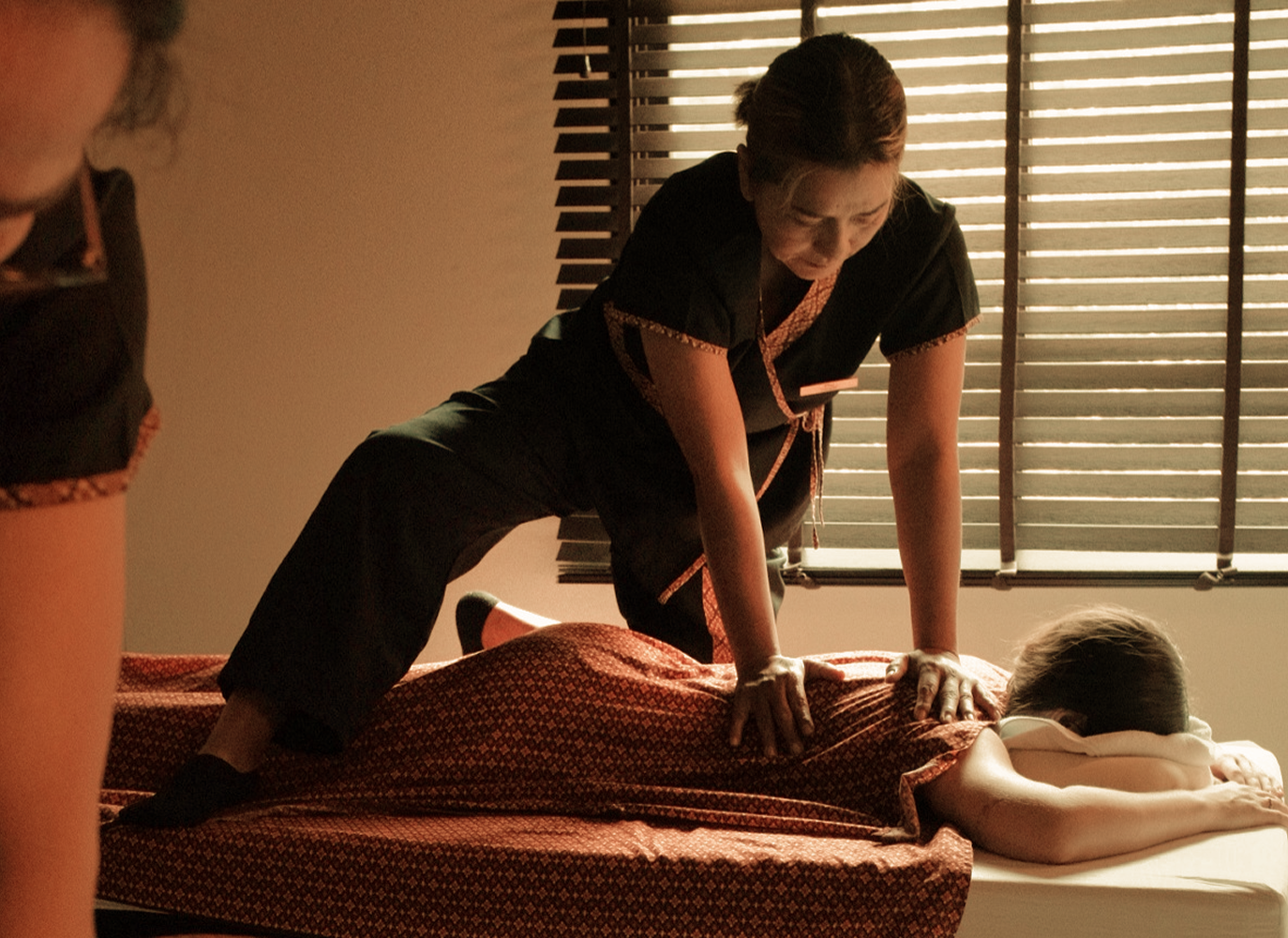Thai massage is one of the few traditional techniques in the world that combines assisted stretching, rhythmic pressure, and mindful movement — sometimes performed fully clothed, sometimes with oil. Unlike styles that aim purely for relaxation, Thai massage also works with energy lines (Sen), posture, and mobility. It’s both ancient and incredibly functional. And that’s just the start of what makes it different.
Thai massage is not like Swedish massage. Balinese is not like Shiatsu. And while all of them aim to help you feel better, they each do it in their own way — with different tools, rhythms, pressures, and philosophies behind every touch.
So we created a clear and friendly guide: a side-by-side comparison of the world’s most iconic massage styles — with one goal in mind: to help you understand this difference.
See comparison table below:

Why These Styles?
These six styles represent the most requested, recognized, and recommended massages in spas around the world. According to global wellness reports, they account for over 80% of massage treatments in destination spas worldwide. Here's why:
- Thai massage is globally praised for its energizing effect and stretch-based technique. It’s especially popular among athletes and active travelers.
- Balinese and Ayurvedic massages are beloved for their emotional reset — both use oils and flowing motions to induce deep relaxation.
- Swedish massage is often the first massage experience many people have — known for its soft touch and classic spa vibe.
- Shiatsu and Tui Na have strong therapeutic roots, with a focus on acupressure and internal energy.
Together, they reflect a full spectrum: from gentle and nurturing to deep and dynamic.
Can These Styles Be Combined?
Absolutely — and that’s where the magic happens.
While each of these techniques has its own heritage and structure, many modern therapists (especially in advanced spas like Nua) are trained to combine methods in a way that honors tradition but serves your real-time needs.
For example:
- Thai + Swedish: deep work with flowing transitions
- Thai + Shiatsu: targeted pressure with assisted movement
- Balinese + Ayurvedic: soft oils, emotional release, nervous system reset
Our therapists at Nua are trained in multiple traditions — but more importantly, they’re trained to listen: to your words, your breath, your muscles.
At Nua, We Practice Traditional Thai Massage — in Progressive Techniques
What does that mean? It means we start with the core principles of traditional Thai massage — energy lines (Sen), rhythmic pressure, stretching — and build around them.
But Thai tradition isn’t a fixed formula. In our treatments, you might feel the flowing softness of Balinese strokes in our Aroma Deluxe Massage, or feel the focused muscular work in our Muscle Relief Oil Massage, rooted in Thai techniques but adapted with oil and compression. Even our Pre-Tan Scrub draws on European-style spa exfoliation — woven carefully into a Thai rhythm.
These aren’t shortcuts or fusion for the sake of novelty — they’re thoughtful enhancements that let the body receive what it needs, through familiar Thai logic.
Sometimes that means less intensity and more oil. Other times it means firmer work. Sometimes it means adding a sound vibration, or a focus on digestion, or using the therapist’s feet instead of hands.
Because to us, massage isn’t just about style. It’s about what your body is asking for today.
Final Thought: Let’s Get Personal
There’s no best massage in the world — only the best one for you, right now.
Whether you’re curious about Thai techniques or want to try a blended experience inspired by multiple cultures, we’re here to help you explore what feels right.
Come to Nua in Phuket. Let’s talk. Or better yet — let’s not. Just lie down, and we’ll take it from there.





